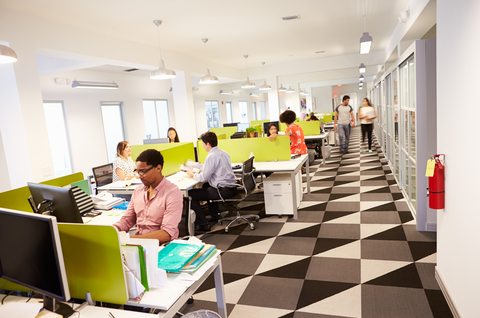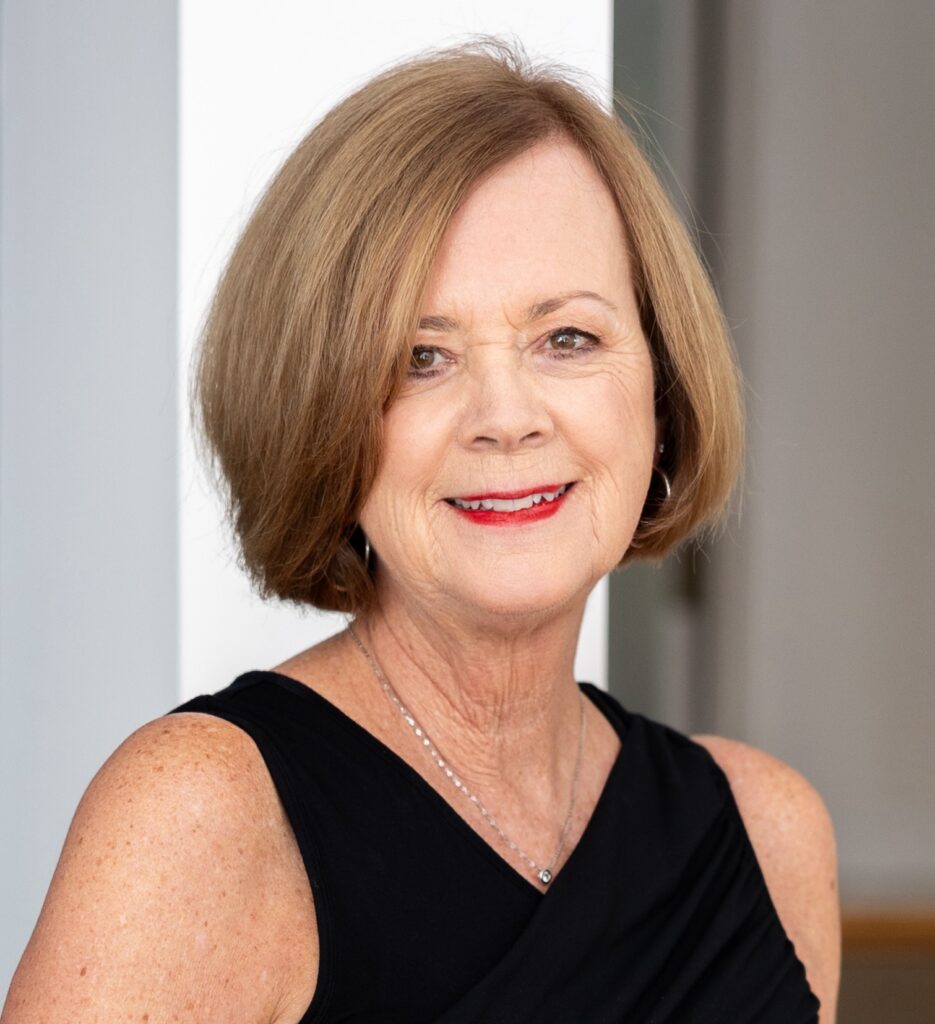
Attending NeoCon and Design Days last week in Chicago made me think again about the connection between office design and healthcare design.
And it reminded me of when Michael Brill was asked to speak at the Fourth Symposium on Healthcare Design, which was held in Boston in November 1991.
Wayne Ruga, who founded the Symposium in 1988 (now the Healthcare Facilities Symposium and Expo), had a gift for finding compelling speakers to present at the Symposium. Instead of using a presentation submittal process, he personally curated every program for the first 10 years.
Office Design’s Impact on Performace & Satisfaction
As some of you may recall, Brill (who passed away in 2002) was a pioneering figure in the field of workplace design and environmental psychology. Best known for his influential research on how physical environments impact human behavior, communication, and productivity in office settings, Brill was a sought-after speaker, presenting at every major national and international office design conference after his first report was published in 1985.
Brill led the groundbreaking BOSTI (Buffalo Organization for Social and Technological Innovation) research studies in the 1980s and 1990s. His work remains some of the most comprehensive investigations into how office design affects performance and satisfaction. Some of his key findings:
- Open-plan offices often decreased performance and satisfaction when not properly designed.
- Access to natural light, control over one’s environment, and acoustical privacy were crucial to employee well-being and effectiveness.
- Office layout impacts not just productivity, but also communication, collaboration, and innovation.
Are There Offices in Healthcare?
When Wayne asked Brill to speak at the Fourth Symposium, his response was, “My specialty is office design. I don’t know anything about healthcare design.”
“Go take a look at your local hospital,” Wayne said.
So Brill did. And he came back to Wayne and said, “There’s a lot of office work done in hospitals. I think I can talk to your group.” So he did.
Brill was a strong advocate for designing spaces that support organizational goals through human needs. He believed that architecture should be based on how people work and live, not just aesthetics or trends.
These ideas translate pretty well into healthcare, and not just administrative office spaces in healthcare facilities.
Brill’s Legacy
Brill helped shift the conversation from “space as container” to “space as behavior shaper.” In a way, his work laid the foundation for today’s evidence-based design movement in healthcare and influenced how organizations think about the strategic value of design.
Unfortunately, the original BOSTI Associates website and its resources are no longer online, and no central archive has been established for the organization’s full body of work. But you may be able to find the two major reports (“Using Office Design to Increase Productivity” and “Disproving Widespread Myths About Workplace Design”) in academic libraries at universities with architecture, interior design, or organizational psychology programs.
An edited transcript of Brill’s talk at the Symposium was published in the Journal of Healthcare Design. Download a PDF copy here.
P.S. Please do me a favor — if you liked this post and like this blog, please share it with others by sending them the link or posting it on your LinkedIn, X, or Facebook. Also, don’t forget to subscribe, so you’ll get emails when new content is posted. Thanks!
If you like this post, please share.

What’s my story? I’m a healthcare and senior living design knowledge expert who writes and speaks frequently about trends and issues affecting these two industries. I’m also a strategic marketing consultant and content creator, working with companies and organizations who want to improve the quality of healthcare and senior living through the design of the physical environment. You can reach me at [email protected].


One Response
That’s a terrific blog, Sara, because Michael’s great legacy has not been well preserved. Your offer to share the PDF of his Symposium talk transcript is extremely kind – I do hope you receive many requests.